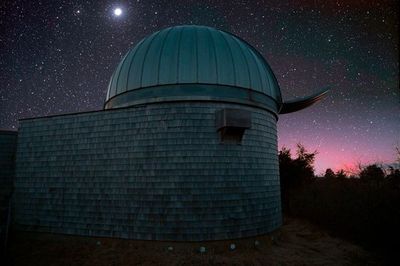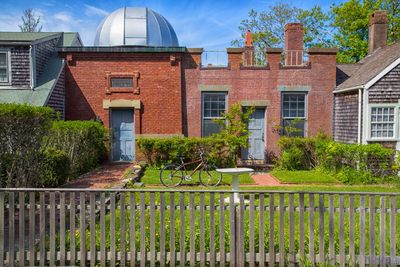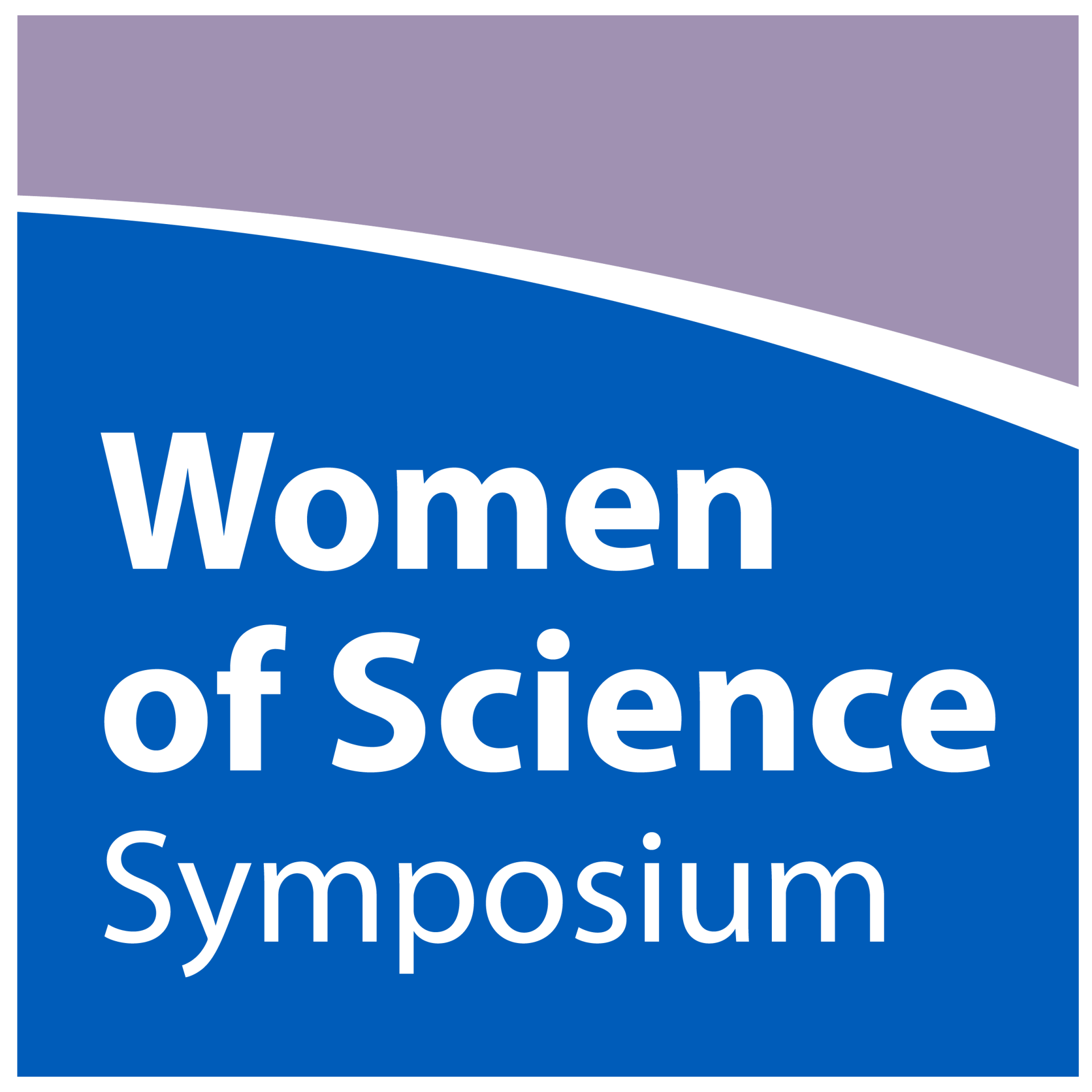ABOUT YOUR HOST
"For the rest of their lives these three Nantucket-born sisters [Mary, Eliza, and Lydia Mitchell – Maria Mitchell’s paternal cousins] worked to make what they called The Nantucket Maria Mitchell Association not only a memorial to a distinguished Nantucket woman, but to create a popular scientific center for people . . . . to develop an institution where scientific research worthy of America’s first woman astronomer might go forward."
– From Thomas E. Drake’s A Scientific Outpost: The First Half Century of The Nantucket Maria Mitchell Association
Maria Mitchell’s family – her siblings, nieces, nephews, and cousins – and her former Vassar College students, colleagues, and friends created a living memorial to America’s first woman astronomer and one that continues to thrive today more than one hundred years after its founding. This memorial reaches, inspires, and educates through its programs, museums, research center, and observatories, including the historic Mitchell House – birthplace of Maria Mitchell in 1818 – where the Association began.
In 1902, family, students, and friends of Maria Mitchell came together to form the Nantucket Maria Mitchell Association (MMA). Their intention for founding such an Association was to carry on the legacy of Maria Mitchell. Mitchell’s love of the natural world; her constant quest to learn and understand; her love of the sciences, astronomy, and mathematics; and her pursuit of education both for herself and others, especially women and women in science, were the foundation on which the MMA was established. In 1903, the fledgling organization opened the museum in the home that Mitchell was born.
Maria Mitchell was not just an astronomer but a life-long learner and a naturalist. To that end, soon after the founding of the organization, the MMA discovered that it was already outgrowing the birthplace house and over a few decades would grow to encompass an observatory (1908), a science library (1919) which is now the MMA’s research center and biological collections storage after a recent renovation, a natural science museum (1945), another observatory for public open nights and research (1968 with a second dome in 2006), and an aquarium (numerous sites until its final resting place in 1986).
Today, the MMA offers interactive, hands-on educational programs for all ages. It welcomes over 14,000 people through its doors and out into the unique ecosystems of Nantucket via walks, classes, workshops, children’s Summer Discovery Programs, open nights at the observatory, museum sites, and lectures. The MMA works with the public and private schools from both on and off the island, colleges and universities, and conducts citizen science programs. Its summer college intern program is well-known and respected a, as is its volunteer and intern program for high school students. Research is conducted in the areas of astronomy, history, and natural science which is presented at conferences, such as the American Astronomical Society at its winter meetings, and is published in various peer-reviewed journals and other periodicals. The MMA continues to preserve the birthplace of Maria Mitchell, her papers and those of her family, her library, and astronomical equipment. Biological collections date back to the late nineteenth century and include insects, plants, and birds. Glass plates of the night sky – taken at the MMA observatory starting in the 1920s – are also preserved by the MMA.
Maria Mitchell’s ideal of learning-by-doing lives on in the MMA in every aspect of this over one century old not-for-profit organization. By hands-on-learning, individuals build a better connection and appreciation for what they learn and are better able to share and express what they learn with others. A spark is created that is passed on – much in the manner of Maria Mitchell herself.






